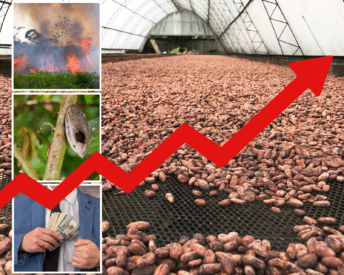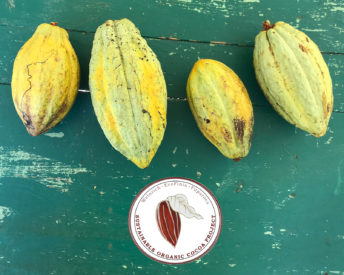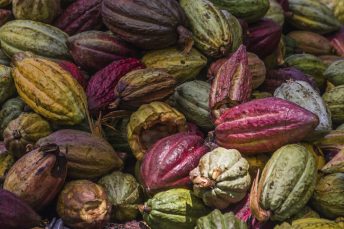Global cocoa crisis
Why chocolate will soon be more expensive
Text:
Alexander Kuhlmann
Photography:
© EcoFinia GmbH
19 September 2024
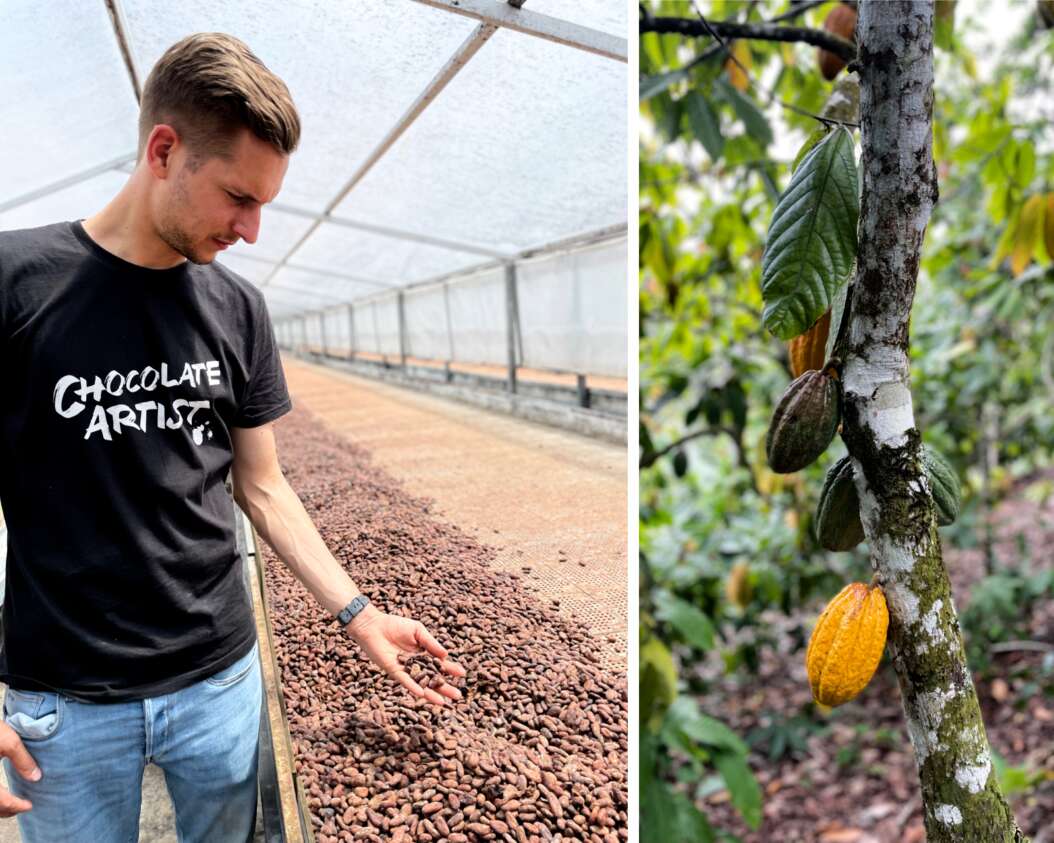
Drought damage, tree diseases, speculators: Cocoa beans are becoming scarcer and cocoa prices are exploding. This is hitting smaller chocolate manufacturers like VIVANI, who focus on fair and organic cocoa cultivation, particularly hard. Chocolate fans are threatened with higher prices, perhaps even empty shelves. In this interview, Gerrit Wiezoreck - Managing Director of VIVANI manufacturer EcoFinia – explains what extreme weather conditions, monocultures and speculators have to do with the current cocoa crisis - and what manufacturers can do about it.
VIVANI
We've been hearing a lot about a global ‘cocoa crisis’ recently. What is it all about? Is chocolate becoming more expensive?
Gerrit Wiezoreck
Demand for cocoa has been rising for years, while supply has been falling. Last year, around a third of the harvest in West Africa failed - over 70 per cent of the world's cocoa comes from there. This is causing a shortage on the global market and causing cocoa prices to skyrocket. This is particularly hard for EcoFinia: our VIVANI brand is known for its high-percentage bars with a particularly high cocoa content.
VIVANI
But VIVANI cocoa comes from Latin America, especially the Dominican Republic?
Gerrit Wiezoreck
That's right. We work there in the form of long-term partnerships with small organic cooperatives, which we guarantee fair payment. But many large European manufacturers are now trying to find the missing cocoa in Latin America. They are travelling to individual farms there by lorry and buying the organic cocoa directly "on the road", which was actually contractually guaranteed to us. The crisis is exacerbated by speculators who want to make a tidy profit on the stock market. In addition, weather phenomena such as "El Niño" - exacerbated by climate change - have also had a negative impact on crop yields in Latin America.
VIVANI
And why are other chocolate companies able to maintain their prices?
Gerrit Wiezoreck
Most large manufacturers have huge stocks from which they can still draw. And the large quantities they produce mean that higher raw material prices have less of an impact. Especially as many chocolates contain very little cocoa anyway. We small chocolate manufacturers, on the other hand, usually produce directly, without long storage periods. This means that we are now desperately looking for good organic beans - and have to pay significantly more for them. Unfortunately, we will have to pass on these additional costs to our products. Most chocolate manufacturers will also have to take action in the near future.
VIVANI
What are currently the biggest problems in cocoa cultivation?
Gerrit Wiezoreck
Cocoa trees are very sensitive to weather conditions. The climate crisis is leading to longer periods of drought and rain. And because the price of conventional cocoa from West Africa has been very low over the last five to seven years, farmers there have had little opportunity to invest in their own plantations. What's more, conventional cocoa for the mass market is grown in monocultures. The trees are grown close together in rows without the protection of other plants. This makes them more susceptible to fungal diseases and weather damage.
VIVANI
How high is the current price of cocoa?
Gerrit Wiezoreck
The price of cocoa has risen by over 200 per cent since spring 2023. The price per tonne is currently hovering at around USD 7.000. That is still USD 5.000 more than in the previous year. Raw materials account for at least 50 per cent of the production costs of our chocolates. It's easy to work out what this means for a VIVANI chocolate bar containing at least 70 per cent cocoa.
VIVANI
Will there be better times again?
Gerrit Wiezoreck
This depends above all on the cocoa harvests in West Africa over the next few years, which will cover a large proportion of global demand. If they remain as unproductive as they currently are, we can expect significantly higher chocolate prices in the future. Another problem is the destruction of the tree population. It takes around 5-6 years for a cocoa tree to bear its first fruit. It does not produce a full crop until it is 10 years old. But even with better harvests, the price of chocolate will certainly not fall to the same low level as a few years ago. However, good chocolate cannot be as cheap as a bag of sugar. Everyone will still be able to afford chocolate - but they will have to savour it more consciously.
VIVANI
Why should I continue to buy organic chocolate despite higher prices?
Gerrit Wiezoreck
The raw materials used in organic chocolate generally come from mixed crops. These are much better equipped to deal with climate change than monocultures. Due to the high biodiversity - i.e. due to a variety of diverse plant species - the cocoa farms are more resistant to extreme weather phases. However, the majority of West African cocoa is grown in monocultures. In extreme weather conditions - such as long periods of drought - poor harvests are inevitable. In addition, the trees are much more susceptible to disease during such periods. We are currently experiencing this scenario.
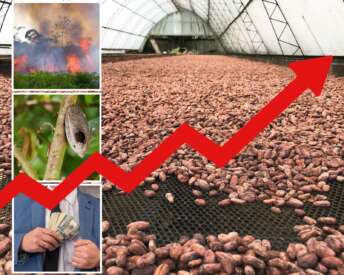
As the interview made clear, the current cocoa crisis derives from a variety of very complex backgrounds. If you want to find out more and understand why chocolate has basically been far too cheap for years, we recommend our investigative report ‘Cocoa – the new gold?’.
Click here: COCOA – THE NEW GOLD
Verwandte Artikel
The Chocolate Journal
